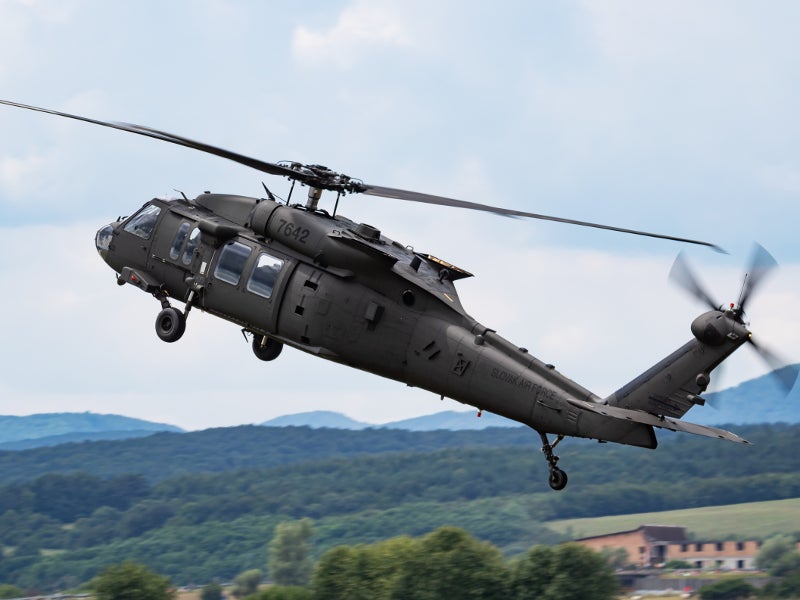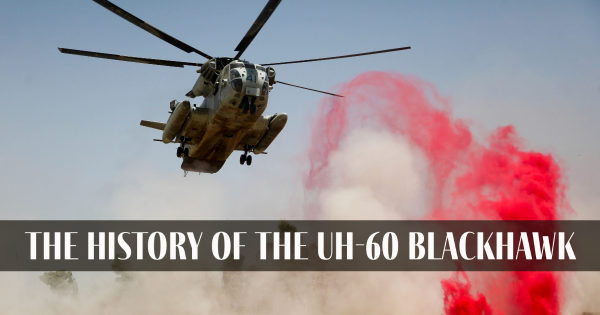Browsing Uh 60 Helicopter Regulations and Conformity Demands

Regulatory Framework Introduction
The regulative structure governing UH-60 helicopter operations includes a complicated set of requirements and rules established by aeronautics authorities. These policies are developed to ensure the secure and efficient procedure of UH-60 helicopters in different settings. The Federal Aviation Management (FAA) plays a central role in establishing and enforcing these laws, which cover a vast array of operational aspects, including airworthiness requirements, pilot qualifications, maintenance needs, and functional treatments.
Conformity with these regulations is crucial for helicopter operators to preserve the highest degree of safety and functional stability. Failure to comply with these regulations can lead to severe effects, including mishaps, injuries, and regulatory assents. Consequently, helicopter drivers must remain educated about the newest regulative advancements and make sure that their procedures remain in full conformity with all suitable policies and requirements.
Airworthiness Regulations and Evaluations
Among the governing framework governing UH-60 helicopter procedures, a crucial focus rests on compliance with Airworthiness Directives and conducting thorough inspections to maintain security criteria and functional dependability. Airworthiness Instructions (ADs) are released by aeronautics authorities to resolve hazardous problems in aircraft, consisting of the UH-60 helicopter, and required specific actions to be taken by proprietors or drivers. Compliance with ADs is mandatory, and failing to comply with these directives can cause major repercussions, consisting of grounding of the airplane.
Routine examinations are critical to making certain the airworthiness of UH-60 helicopters. By sticking to a stringent inspection regimen, drivers can detect and attend to prospective issues without delay, consequently improving the safety and integrity of UH-60 helicopter operations.
Pilot Certifications and Training

Pilot training for UH-60 helicopters is thorough and covers a variety of subjects, consisting of aircraft systems, emergency procedures, navigation, and mission-specific training. Furthermore, pilots undertake simulator training to exercise different emergency situation circumstances in a regulated setting. This training aids pilots create the required abilities to handle tough scenarios successfully.


Additionally, continuous training and professional growth are vital for UH-60 pilots to remain current with the most up to date guidelines, innovation, and finest methods. By purchasing pilot certifications and training, drivers can enhance security, maximize efficiency, and guarantee conformity with governing demands in the procedure More about the author of UH-60 helicopters.
Operational Limitations and Demands
Pilot credentials and training serve as the foundation for comprehending the functional constraints and demands connected with UH-60 helicopter operations. In addition, conformity demands, such as sticking to details trip courses, communication procedures, and emergency situation treatments, are essential for keeping operational safety and regulative conformity. Pilots need to stay existing with all operational constraints and demands through normal training, rundowns, and reviews to reduce dangers and guarantee effective and secure UH-60 helicopter procedures.
Emergency Situation Treatments and Conformity Testing
Efficient emergency situation treatments and thorough conformity testing are essential parts of preserving operational security and regulatory adherence in UH-60 helicopter procedures. Normal conformity testing guarantees that the helicopter meets all regulative needs set forth by air travel authorities.
Conformity screening additionally extends to devices onboard the UH-60, such as interaction systems, navigation instruments, and safety and security equipment. Making sure that all devices is operating correctly and he said satisfies regulative requirements is crucial for risk-free operations. Furthermore, compliance screening might involve simulations of emergency circumstances to assess the team's action and the helicopter's performance under stress and anxiety. By focusing on emergency procedures and conformity screening, UH-60 operators can reduce dangers and show their dedication to security and regulatory conformity.
Conclusion
Finally, adherence to regulative framework, compliance with airworthiness regulations, pilot qualifications and training, operational constraints, and emergency important site situation treatments are essential for browsing the policies and demands of running a UH-60 helicopter. uh 60. It is essential for drivers to prioritize security and make certain complete conformity with all suitable policies to preserve the airworthiness and functional integrity of the airplane
Browsing the regulative landscape bordering UH-60 helicopter procedures demands a nuanced understanding of the complex web of policies and conformity requirements.Compliance with these regulations is important for helicopter operators to keep the highest possible degrees of safety and operational honesty.In the middle of the governing framework controling UH-60 helicopter procedures, an essential emphasis lies on compliance with Airworthiness Directives and conducting extensive inspections to support security criteria and operational reliability.Reliable emergency situation treatments and thorough conformity testing are important elements of keeping operational safety and security and regulative adherence in UH-60 helicopter procedures. Regular conformity testing makes sure that the helicopter meets all regulative requirements established forth by aviation authorities.